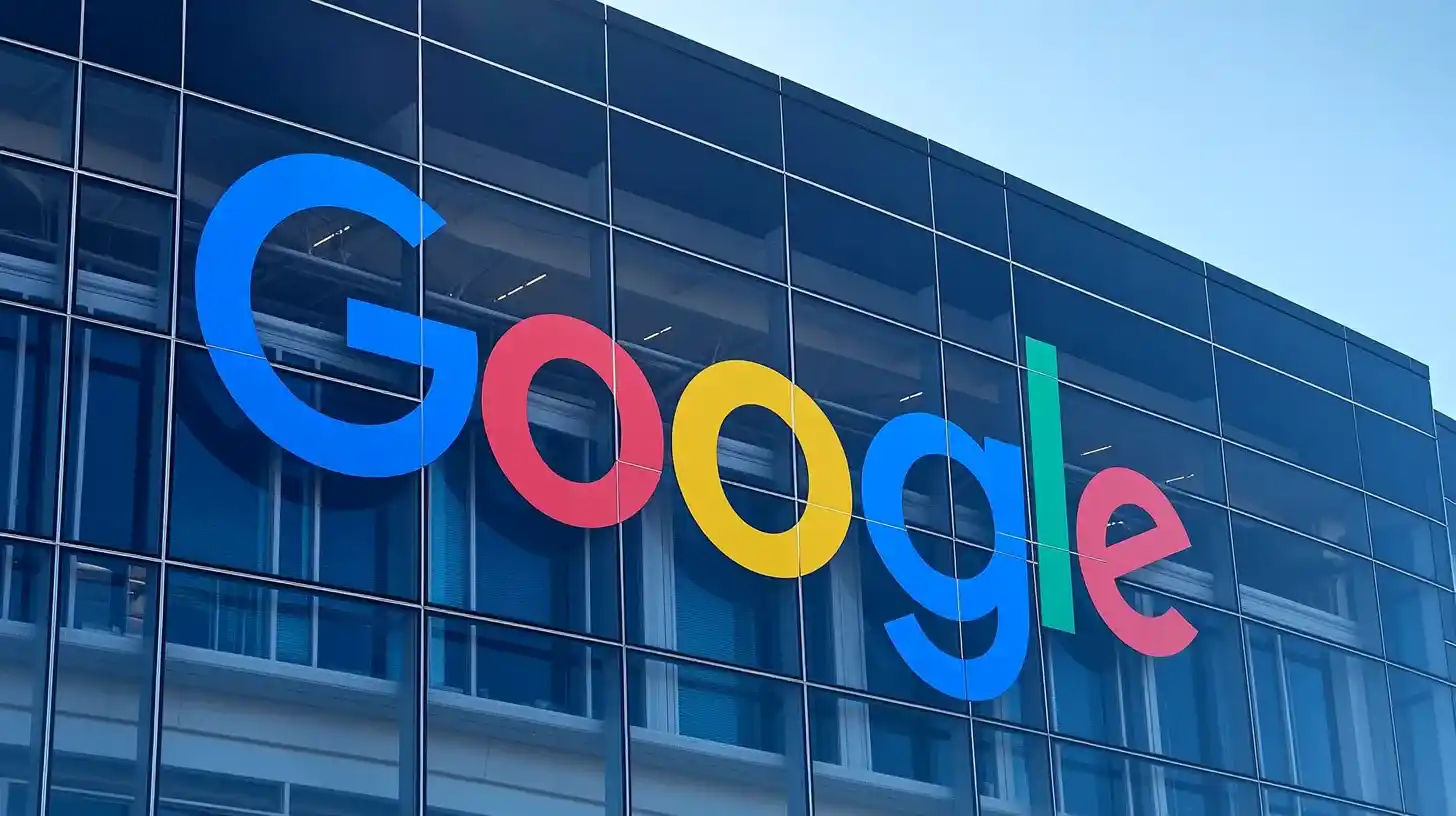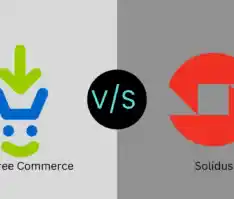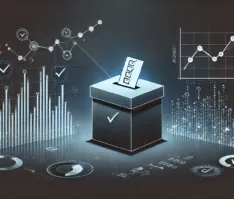Table of Contents
Introduction
In a recent development, Google has quietly launched a new AI crawler, Google-CloudVertexBot, designed to assist commercial clients in building Vertex AI Agents. This new addition to Google’s arsenal of web crawlers has raised questions among website owners regarding its purpose, scope, and potential implications.
Understanding the Google AI Crawler
Google-CloudVertexBot, unlike other Google crawlers primarily associated with search or advertising, is specifically tailored to ingest website content for Vertex AI clients. This AI-powered crawler operates within the framework of Vertex AI Agent Builder, a platform that leverages various data stores, including public website data.

The Purpose of the Google AI Crawler
The primary objective of the Google AI crawler is to collect and process website content for Vertex AI clients. This content is then used to train and improve AI models, enabling them to perform tasks such as natural language processing, machine translation, and image recognition.
Here’s a breakdown of how this process works:
- Data Collection: The crawler visits websites and extracts relevant content, such as text, images, and other data.
- Data Processing: This collected data is then processed and structured into a format that AI models can understand.
- Model Training: The processed data is fed into AI models. These models learn from the data and improve their ability to perform specific tasks.
- Task Enhancement: By training on a diverse range of website content, AI models can become better at:
- Natural Language Processing (NLP): Understanding and interpreting human language, including tasks like sentiment analysis, text summarization, and machine translation.
- Machine Translation: Translating text from one language to another accurately and contextually.
- Image Recognition: Identifying and classifying objects or features within images.
Implications for Website Owners
The introduction of the Google AI crawler has significant implications for website owners. While the crawler is primarily intended to serve commercial clients, there is a possibility that it could inadvertently access sensitive information or compromise website security. Additionally, the lack of clarity in the documentation can make it challenging for site owners to determine the appropriate course of action.
Managing the Google AI Crawler
To protect their website data and ensure compliance with relevant regulations, website owners may need to take proactive measures to manage the Google AI crawler. This could involve:
- Reviewing robots.txt: Implementing appropriate directives in the robots.txt file to control the crawler’s access to specific pages or sections of the website.
- Monitoring website traffic: Keeping track of unusual or excessive traffic patterns that could be attributed to the Google AI crawler.
- Consulting with legal experts: Seeking advice from legal professionals to understand data privacy and security laws that may apply.
- Implementing security measures: Strengthening website security to protect against potential threats and vulnerabilities.
- Staying informed: Keeping up-to-date with the latest information about the Google AI crawler and its capabilities.
The Future of Google AI Crawlers
As AI technology continues to advance, we will likely see more sophisticated and capable AI crawlers emerge in the future. These crawlers may have broader applications beyond the realm of commercial AI development, potentially impacting various aspects of the digital landscape.
Conclusion
The Google AI crawler, Google-CloudVertexBot, represents a significant development in the field of AI and web crawling. While its primary purpose is to serve commercial clients, website owners should be aware of its potential implications and take appropriate steps to manage its access to their websites. As AI technology evolves, it will be essential for website owners to stay informed and adapt their strategies accordingly.
Additional Considerations
- Ethical implications: Consider the ethical implications of AI crawlers and their potential impact on user privacy and data protection.
- Regulatory compliance: Ensure compliance with relevant regulations and data privacy laws, such as GDPR and CCPA.
- Long-term strategy: Develop a long-term strategy for managing AI crawlers and their potential impact on your website.
By understanding the Google AI crawler and taking proactive measures to manage its access, website owners can protect their data, ensure compliance, and position themselves for the future of AI-powered web crawling.





